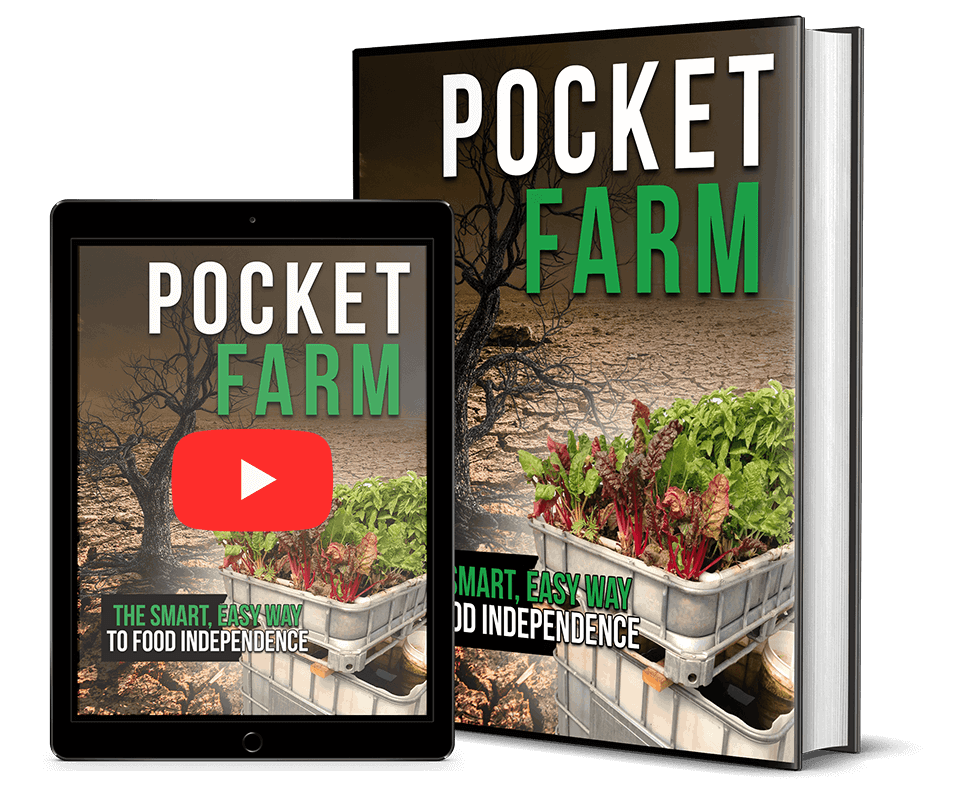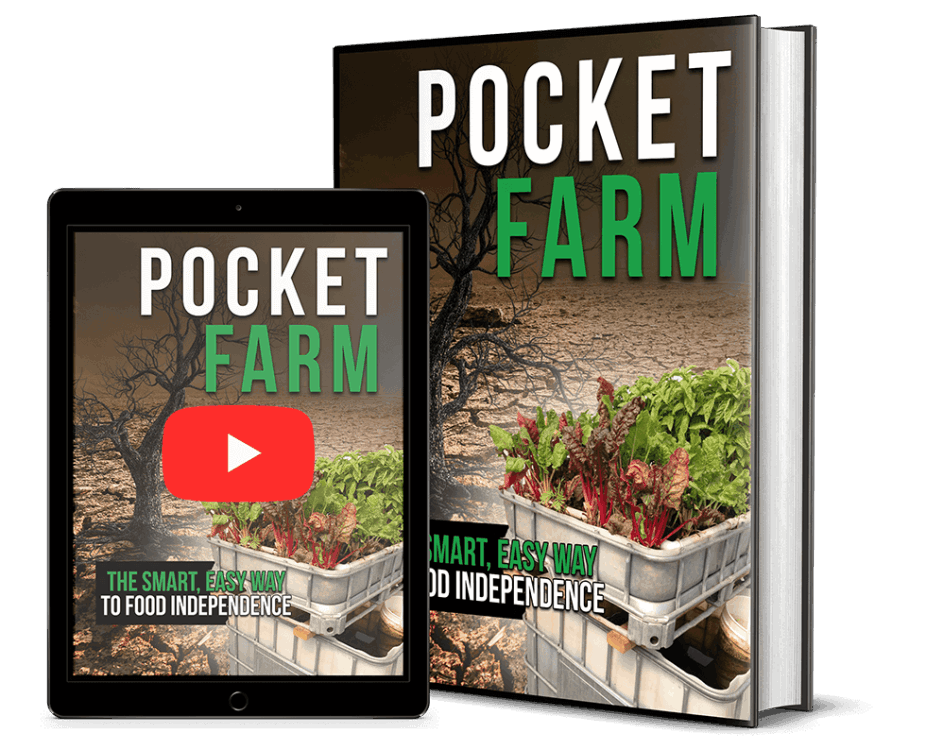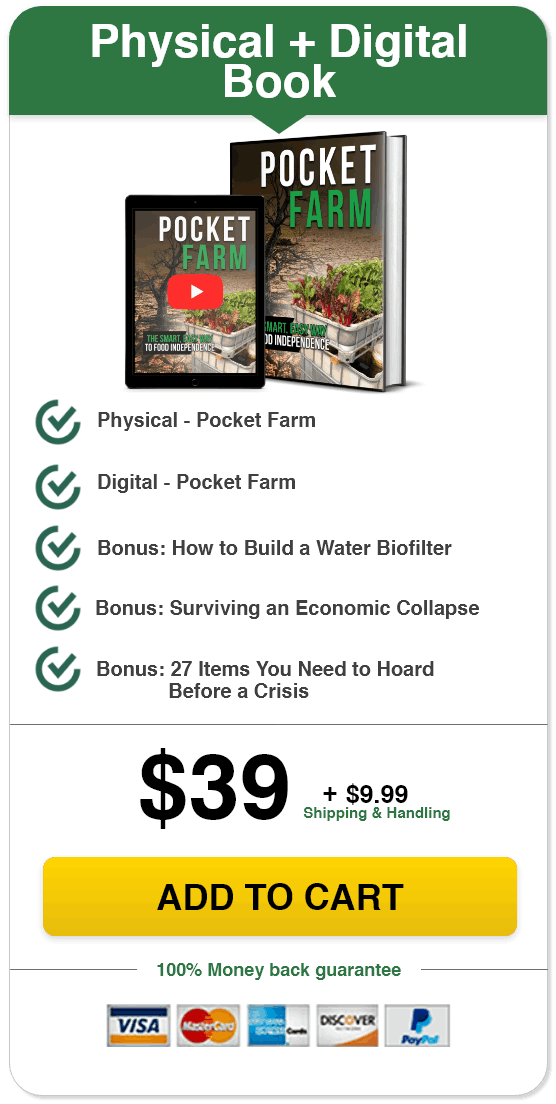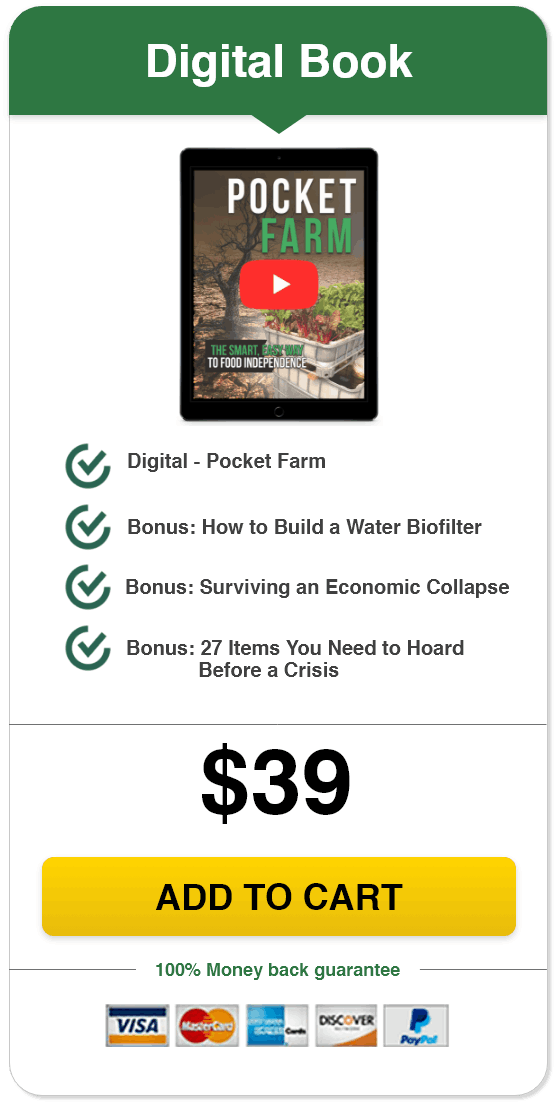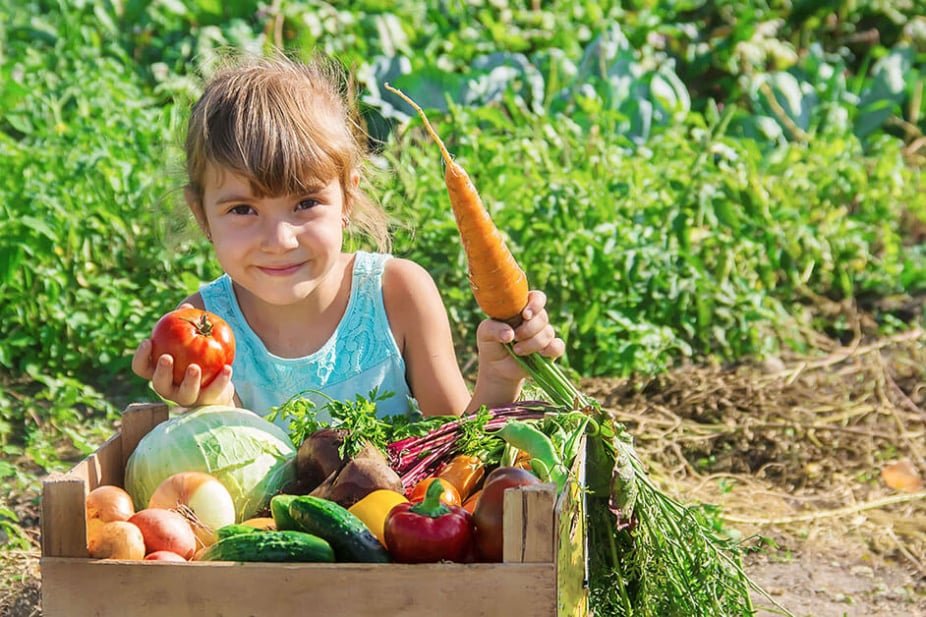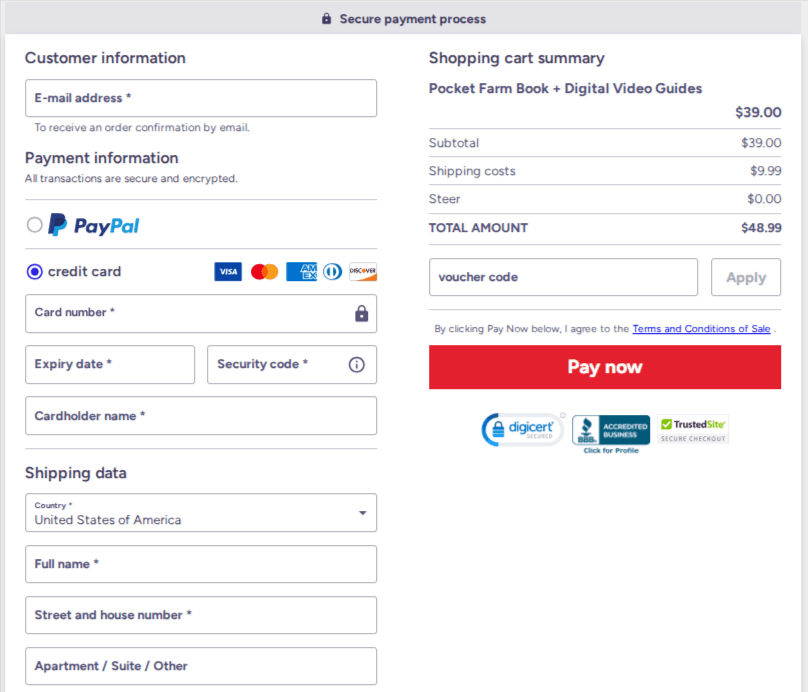Pocket Farm™ - Official Site - 90% Off
With increasing concerns over food security, self-sufficiency is becoming more crucial than ever. Alec Deacon, a survival expert, faced the harsh reality of losing his farm and nearly his life when his self-sustaining farm was deliberately destroyed. This devastating experience propelled him to find a safer and more reliable way to provide food for his family in any situation. His quest led him to discover an innovative farming method used by the resilient people of Gaza, who, despite living in a warzone and arid conditions, are able to grow abundant, healthy food. This method, based on aquaponics, inspired Alec to develop a solution that anyone can use to generate food without relying on traditional farming methods or large amounts of water and space.
The "Pocket Farm" system is a groundbreaking, easy-to-assemble aquaponics setup that allows you to grow fresh, nutritious food in even the most challenging environments. Designed with simplicity in mind, this system combines fish farming and plant cultivation in a self-sustaining cycle, requiring minimal space, water, or effort. With a step-by-step guide, anyone – regardless of experience or resources – can build their own "food generator" to ensure they are prepared for any crisis, whether it’s economic collapse, drought, or food shortages. By investing in the Pocket Farm, you can take control of your food security and provide your family with a continuous supply of fresh produce and protein, all from the comfort of your home.
